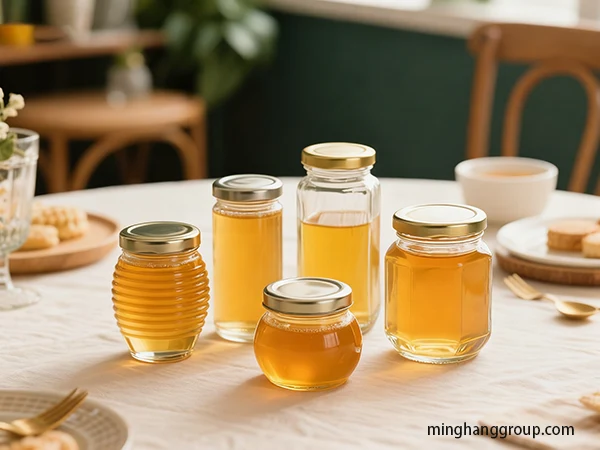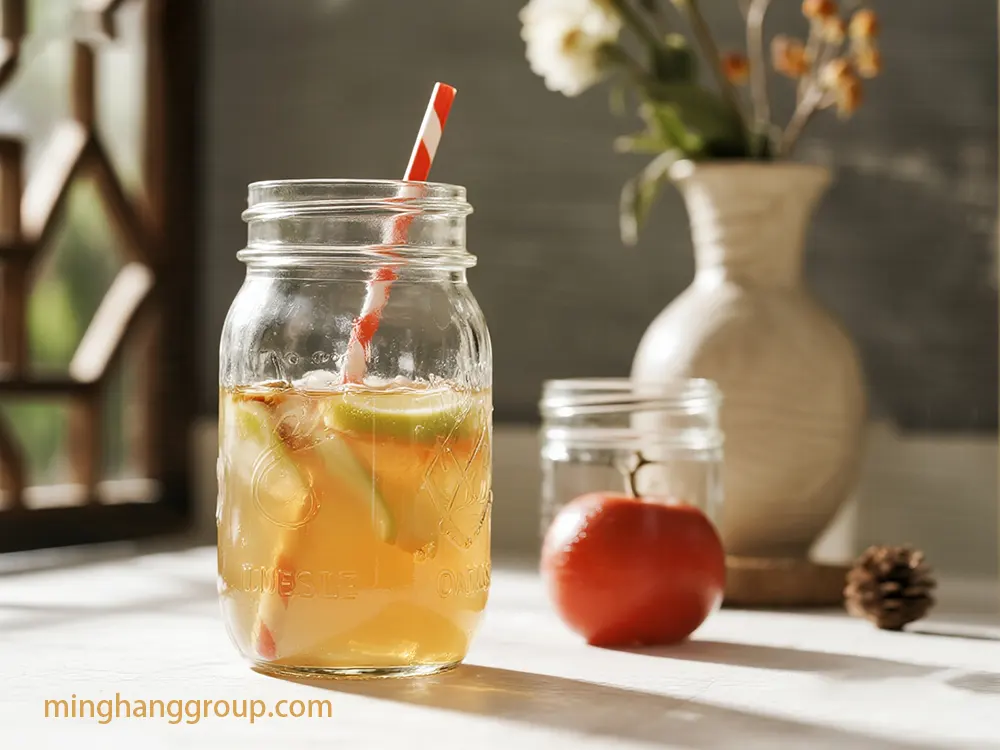Introduction
Customization Vs. Standardization: Manufacturers who have arranged flexible processes such as additive manufacturing and modular tooling can quickly transfer large -scale production from the rapid prototyping of specialized products.
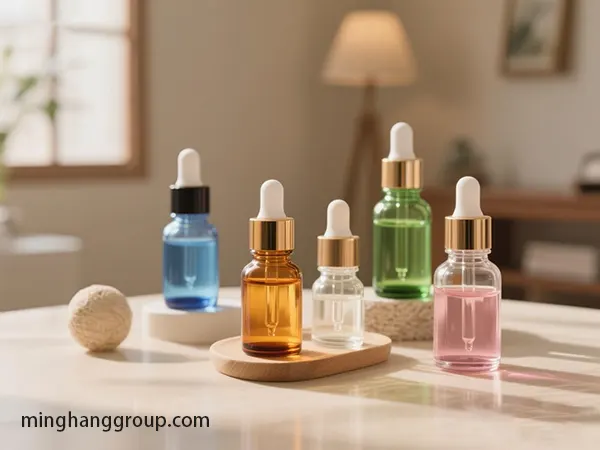
Integration of Sustainable Materials and Circular Economy
Progress in The Materials of The Environmental
The industry is slowly adopting the circular economy and focusing mainly on glass bottles, bio-based polymer and later recycled (PCR) materials. A progressive dropper bottle manufacturer is using:
- Light glass technologies to lessen the material used while the strength is not compromised.
- More than usual cullet to support the recycled glass integration.
- Better recycled plastics that fulfill sustainability goals and at the same time have the quality look of a premium product.
- Strategies for Circular Economy Adoption
The most influential dropper bottles companies have realised the necessity of circular economy principles and are implementing strategies that facilitate it:
Design for recyclability is made easier because the design facilitates end-of-life processing.
- Refill and reuse models allow for the continuation of product lifecycle.
- Extended producer responsibility (EPR) programs help companies keep track of their environmental impact and act accordingly.
- The digital product passports provide traceability and helps in observing the emerging regulatory standards.
- Regional Sustainability Mandates
Worldwide regulations help in speeding the transition of dropper bottles to sustainable ones. They need to comply with:
EU Green Deal rules on the use of recycled material and reduction of packaging waste.
- The US EPA initiatives that support the use of eco-friendly materials and reduction of emissions.
- Plastic taxes and mandates for recycled content existing in many parts of the world that are compelling dropper bottles manufacturers to come up with innovative ways of sourcing materials and production processes.
- Advanced Manufacturing & Automation for Precision and Efficiency
Greater Automation and Robotics
Increased implementation of robotics and automation in modern dropper bottles production facilities is a strategy aimed at both precision and throughput enhancement. Robotic handling systems greatly lessen manual work and at the same time reduce contamination risk. Automated optical inspection guarantees quality uniformity in a large volume of production with great precision. With little human presence, the lights-out manufacturing approach is more efficient and enables continuous production.
AI-Driven Quality Control and Predictive Maintenance
- When integrated with AI, a dropper bottles manufacturer could:
- Utilize machine learning to perfect defect detection.
- Employ predictive maintenance to decrease turnaround time.
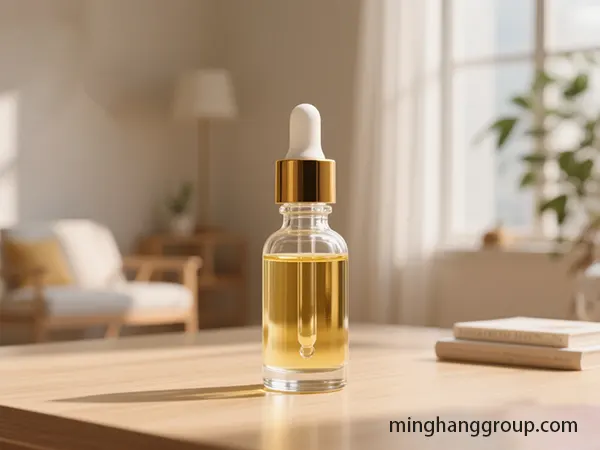
Make real-time changes to the production line to ensure the quality of the output remains at a high level.
Additive Manufacturing (3D Printing) Applications
- The use of 3D printing in dropper bottles production is to:
- Fast creation of new bottle shapes and functional parts.
- Cost-effective mold making for small-batch or niche orders.
- The creation of complex geometries that cannot be done by traditional methods.
Enhanced Cleanroom Technologies
In such industries as pharmaceuticals, a dropper bottles manufacturer has to:
- ISO-certified cleanrooms with monitoring of all parameters provide controlled environments.
- HEPA/ULPA filters capture the smallest particles from the air.
- Systems that fill products without any contact between them eliminate the risk of contamination.
Continuous environmental monitoring is a guarantee that all the regulatory requirements are met.
Product Design Evolution: Aesthetics, Functionality, and Smart Features in Dropper Bottles
Aesthetics and Premiumization
Minimalist designs, specially designed colors, frosted effects, uncommon shapes, and personalized branding are very fast transitioning from being industry trends to the standard practice in the industry.
Ergonomic and User-Centric Functionality
- Users have the possibility to benefit from correct dosing, easy caps and bulbs, a design that stops spilling, and choices that are nice to old people.
- Child-Resistant (CR) and Tamper-Evident (TE) Features
- Security and adherence to regulations go hand in hand with the help of push-and-turn or squeeze-and-turn CR caps, tamper-evident bands, and serialization, etc.
The path to eco-friendly milk bottle production in 2026 and beyond is difficult but still rewarding.
Integration of Smart Packaging Technologies
- Examining the major trends that are emerging in this field, one can tell that they are centered on NFC/RFID, QR codes, AR experiences, dosage tracking, and possible environmental sensors.
- Navigating the Regulatory Landscape & Compliance Challenges
- Pharmaceutical Packaging Regulations
The most significant components are pharmacopoeial standards, FDA/EMA guidelines, E&L testing, CR/TE requirements, and serialization.
Cosmetic Safety and Material Contact Regulations
- EU and US regulations focus on material safety, preventing migration, and proper labeling of the products.
- Food/Nutraceuticals and Essential Oils Regulations
- GRAS status, material contact safety, and voluntary industry standards help to keep the product clean and unadulterated.
- Sustainability Regulations and Compliance
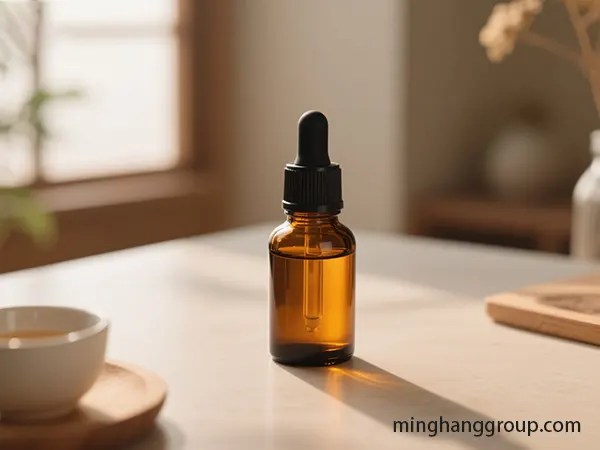
EPR, plastic taxes, and recycled content mandates are the main drivers of compliance requirements for manufacturers.
Strategic Outlook & Future Opportunities
The dropper bottles manufacturer market is set for continued growth beyond 2026, driven by technology, sustainability, and changing consumer demands.
Emerging Technologies
Advanced Materials: Nanotechnology and smart coatings can enhance barrier properties, UV protection, and shelf life.
Biomimicry: Nature-inspired designs allow precise dosing and self-sealing mechanisms.
Industry 5.0: Human-robot collaboration enables flexible, customized production.
Strategic Outlook: Challenges, Opportunities and Future Directions
AI Design Optimization: Generative AI can explore thousands of design variations for ergonomics, material efficiency, and aesthetics.
Market Trends of Dropper Bottle Manufacturers
Premium & Specialized: Pharmaceuticals, cosmetics, and personalized medicine favor high-precision, glass dropper bottles.
Sustainable Mass Market: Everyday products focus on recyclable, lightweight, and bio-based alternatives.
Consolidation & Specialization: Large manufacturers adopt advanced technologies, while niche players offer customized or eco-friendly solutions.
Strategic Recommendations
Sustainable Materials: Research bio-based, PCR, and recyclable options.
Digital & Automation: Use AI, predictive maintenance, and additive manufacturing.
Circular Design: Prioritize refillable, recyclable, mono-material solutions.
Regulatory Compliance: Maintain strong quality systems and meet global sustainability standards.
Smart Packaging: Explore QR codes, NFC, or dosage tracking technologies.
Strategic Partnerships: Collaborate with material suppliers, recyclers, and tech providers.
User-Centric Design: Focus on ergonomics, functionality, and aesthetics.
A dropper bottles manufacturer that embraces these strategies will remain competitive, innovative, and sustainable in the evolving market.
More Blogs
- As a trusted manufacturer, we craft durable, customizable glass bottles, jars and containers for brands and wholesalers. Specializing in surface finish customization, we deliver sustainable, visually striking packaging tailored to elevate your product’s appeal.
- Cosemtic Containers
- Health & Medicine
- Get In Touch
- Email: [email protected]
Phone: +44 7902 125650
- 24/7/365 Oline Support
- Name
- Message
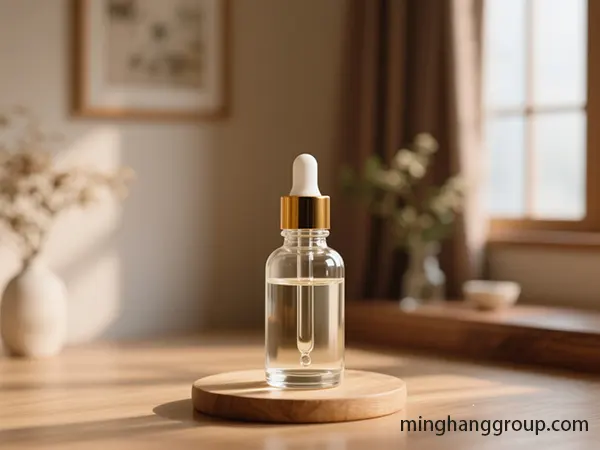
Submit
- Top
- Full name
- Your primary email address
- Please provide detailed project requirements for an accurate quotation.
- Menu
- Open table of contents
- Close table of contents
Website language selector

